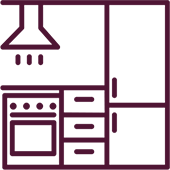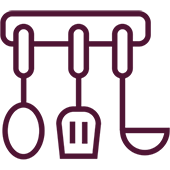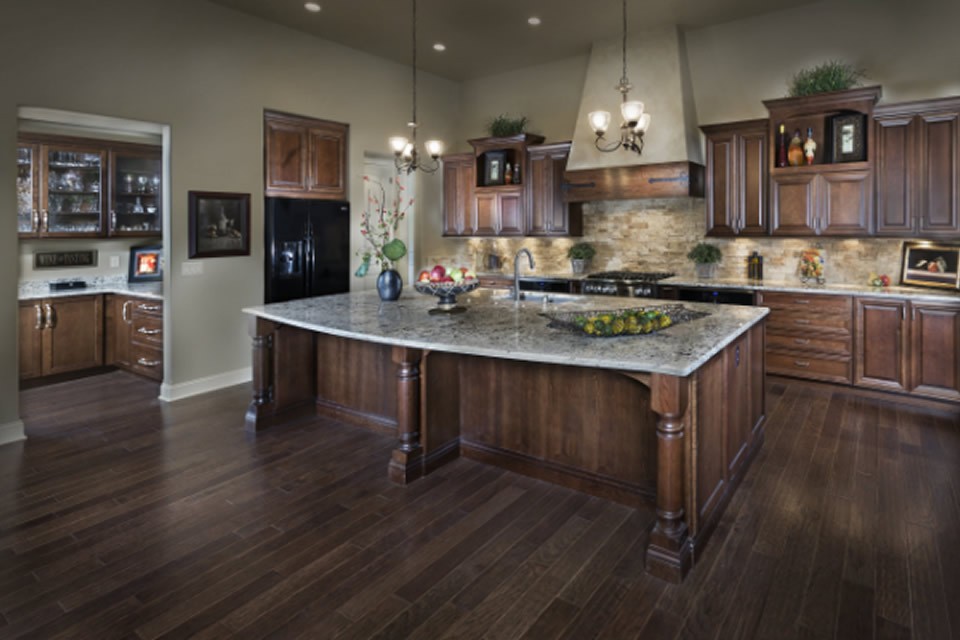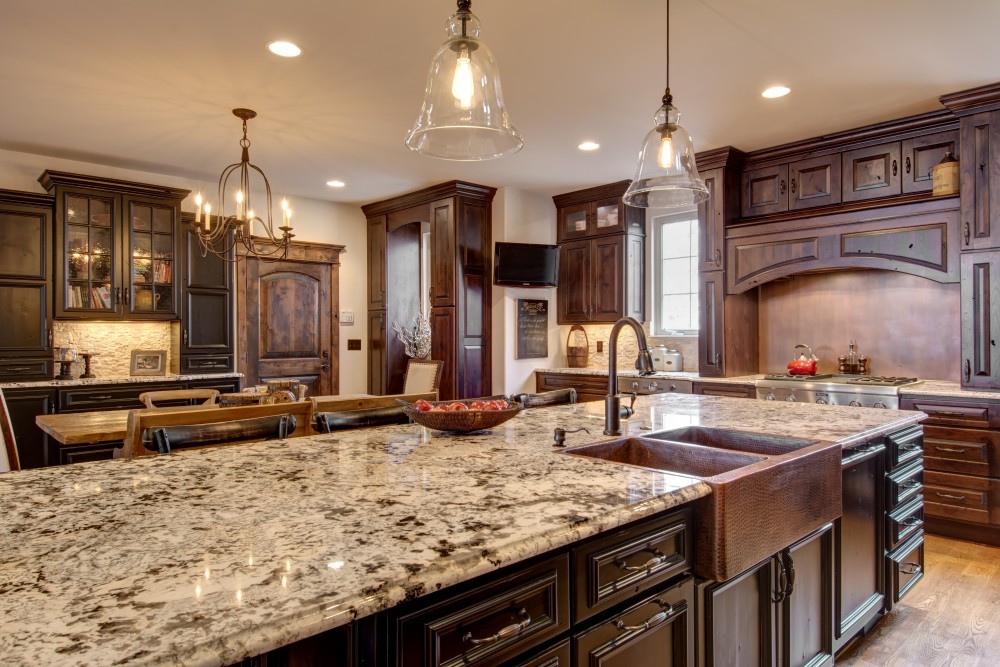During November, we have dedicated our blog to show people how to get started in the mystic world of Feng shui as we learn easy tips on how to apply this Asian knowledge and technique when designing your new kitchen.
Feng shui is an ancient art and science developed over 3,000 years ago in China, it is based on the Taoist vision and understanding of nature, particularly on the idea that the land is alive and filled with Chi, or energy.
Feng means wind and Shui means water. In Chinese culture wind and water are associated. Last week, we discussed Feng Shui principles and meaning, and different techniques that will help you arrange your Kitchen or any other space in your home in a healthy way.
On our last post we discussed how to choose the color of your Feng Shui Kitchen and everything else in Feng shui, is determined by the Kitchen’s location.
Last week, we went over the south, southwest, west and northwest locations and which color could be applied in order to balance the kitchen’s energy. Today, we are going to discuss, the 4 locations left.
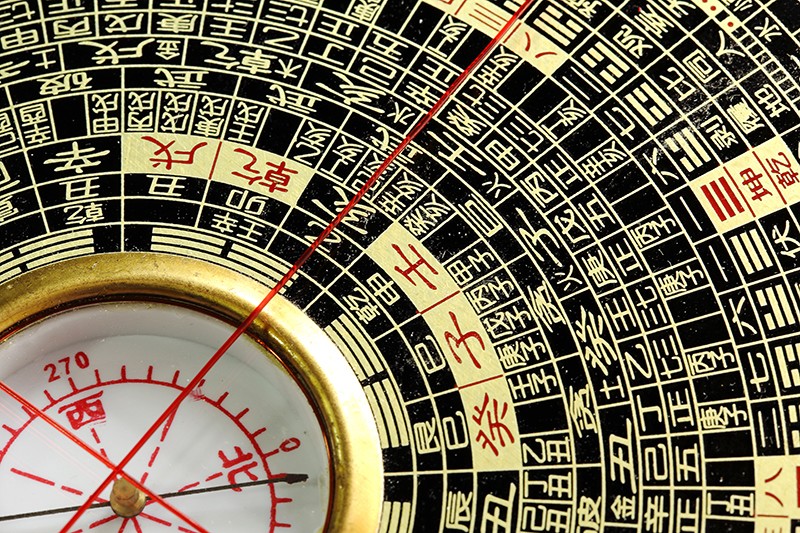 North Area Kitchen
North Area Kitchen
Feng shui bagua area: Career & Path in Life
Western bagua location: lower center
It is important to balance your kitchen’s water element and keep it happy when it is in the North area. In these cases, blue, black, gray and white, work well on it. Nonetheless, you need to keep the fire element of the kitchen strong, so avoid abusing of these colors.
Black kitchen colors can be used to attract power to your home, which can be associated with wealth. Blue kitchen colors work well with brown and green tones in modern wallpaper patterns, wall tile and painting, attracting peaceful and pleasant changes.
Try to find a good visual balance between Water and Fire colors with the emphasis being on blue, black, gray and white colors. The metal element is usually an excellent balancing point for a North area kitchen in both it’s colors – white and gray.
Northeast Area Kitchen
Feng shui bagua area: Spiritual Growth & Cultivation
Western bagua location: lower left
Kitchens in the Northeast area share the same Earth element as a kitchen in the Southeast area, therefore, they are easy to work with. Remember you can use strong reds and yellows. So, feel free to have as many intense colors as you want. Also, bring an abundance of Earth element decor and colors; avoid the color black.
East Area Kitchen
Feng shui bagua area: Health & Family
Western bagua location: mid left
In this area, is important not to abuse element of metal or fire. Otherwise, they might damage the energy from Wood element of this bagua area. Try to focus on the Earth feng shui element. Brown and green kitchen color shades and combinations are symbols of health and vitality.
Natural wood kitchen cabinets, dining furniture and decorating accessories, combined with green curtains, upholstery fabric, towels or utensils, attract abundance, wealth and prosperity. Choose soft and earthy greens to help create a relaxing space. A living plant or two can enhance these earthy tones.
Avoid too much black, blue, as well as white and gray colors.
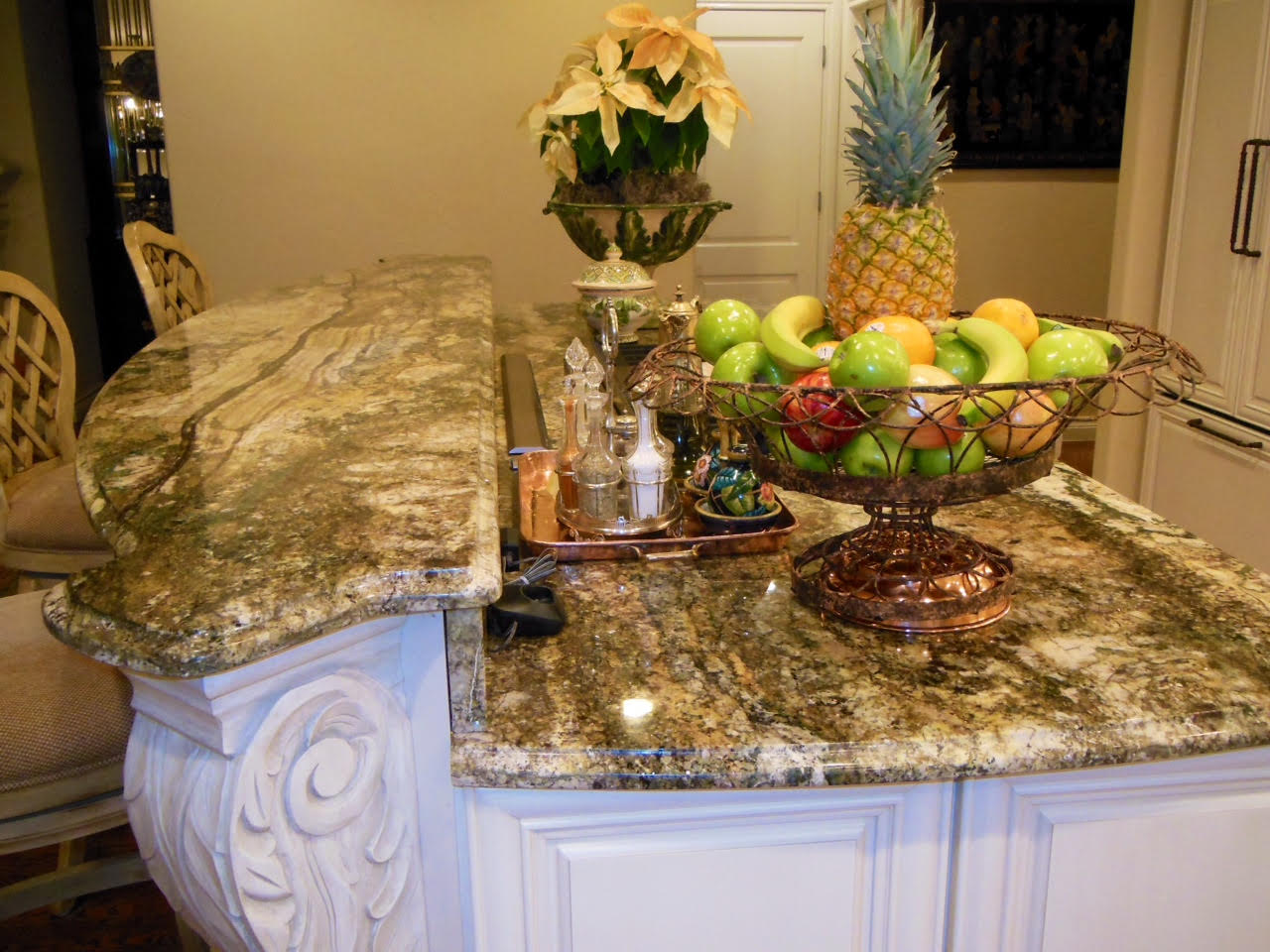 Southeast Area Kitchen
Southeast Area Kitchen
Feng shui bagua area: Wealth & Money
Western bagua location: top left
A Southeast area kitchen requires the same attention as the one in the East as they both share the same element – Wood. So, feel free to use as much Wood element decor and colors as you wish.
The element of Earth brings stability with comfortable brown kitchen colors, natural wood tones of kitchen cabinets and dining furniture, golden, beige and pleasant yellow wallpaper patterns, wall tiles or paint colors.
Displaying plants, fruit and vegetables, as well as fresh herbs or flowers are excellent ways to boost the earth energy and attract abundance and wealth.
These four plus the other four locations from our previous post, are all the possible locations you can place your kitchen and the colors you can apply to balance its energy.
So far, we already know where to place our kitchen, where it should be facing, as well as how to calculate your Kua number, and how to select the correct color to balance its energy.
On our following post, we will discuss which appliances your kitchen should have and where to place them, to keep well-balanced your feng shui kitchen.

